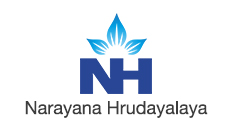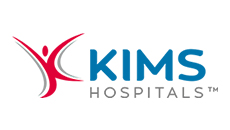Products Renaclean Cold Sterilant
Renaclean Cold Sterilant
Renaclean Cold Sterilant is stabilized peracetic acid used as a cleaning agent. The concentration of peracetic acid in Renaclean is sufficient not only to react with the cell walls proteins, but also to penetrate into the interior of the cells, thus oxidising all protein contents.
Renaclean is biodegradable so it breaks down into oxygen, acetic acid and water which makes it an environmentally friendly and sustainable sterilant.
Composition:
- Hydrogen peroxide: 21% w/w
- Peracetic acid: 4% w/w
- Acetic acid: 10% w/w
- Cleaning, disinfecting and sterilizing Dialyzer/Bloodline for reuse
- Disinfecting and effectively cleaning bio-film and calcium precipitates to reduce Haemodialysis machine breakdown
- Can be used as a disinfectant in any dialyzer reprocessing machine as well as for manual reuse
Advantages:
Broad Spectrum
- Kills bacteria, fungus and yeast
- Effective against non tuberculoses mycobacterium (Including HIV), viruses (Including Hepatitis) and spores at low temperature & low concentration
- More effective than formaldehyde, ethanol and sodium hydroxide (these kill most bacteria and some spores but not all microorganisms
- Non-Corrosive
- Simple to dilute and use
- Acts quickly and effectively
- Glutaraldehyde free
Cost Effective
- Almost equivalent in cost to the combined cost of conventionally available chemicals
- Available at 1/3 rd the cost of imported cold Sterilant
Environment
- Discharges to drain where it breaks down into oxygen, acetic acid and water
Major Users in India
- Nephroplus Group of Dialysis Centers
- Fortis Group of Hospitals
- Sandor Nephro Services Private Limited (Fresenius)
- Narayana Hrudralaya Group of Hospitals
- KIMS Group of Hospitals
- B Braun Group of Dialysis Center
- P.D. Hinduja National Hospital









Serve over 50,000 patients per year


